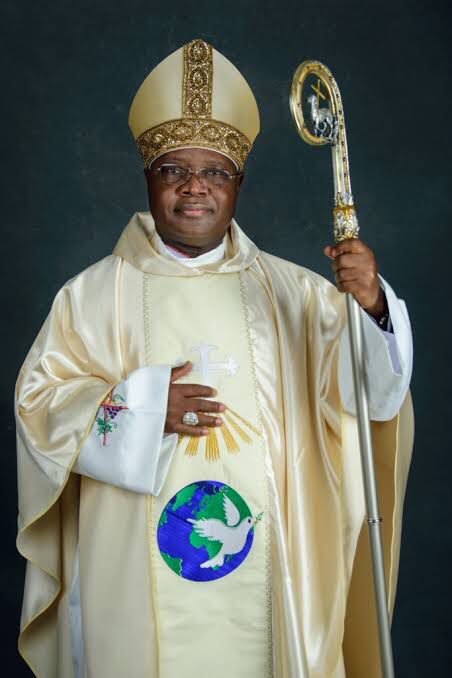Since the transformations that took place in China in the 1970s, which led to the so-called “economic miracle” that saw millions of Chinese rise out of poverty, the country has deepened its economic and trade relations with all regions of the world. Mercosur, the South American trade bloc made up of Argentina, Brazil, Paraguay and Uruguay, is no exception: since its creation in 1991, it has followed these trends, but especially since the first decade of the 21st century, after China’s entry into the Organization. World Trade.
Beyond the structural changes and challenges that the Chinese economy is currently facing, to which are added the effects of the Covid-19 pandemic, the country is feeling the effects of the current trade war – rather geopolitical – launched by the United States. In any case, the International Monetary Fund forecasts growth of slightly more than 4% for the Chinese economy in 2024, and the first quarter indicators in China are very encouraging.
China today represents 18% of the world’s GDP and is the world’s leading exporter – with no less than 14% of all exports -, in addition to contributing 11% of world imports. The country represents similar percentages of global investment. It is a technological power that in less than two decades has become the main supplier of cutting-edge technology to dozens of countries around the world, including the members of Mercosur.
China’s relations with Latin American countries have gone through several stages, strengthening in the 1990s, but especially in the 2000s through trade in raw materials, favorable to the economic growth of Latin America as a whole.
Over the years, and in line with changes in the composition of Chinese production, the country began to send a significant number of products to Latin American markets, first in light industries such as textiles, but later exporting goods from high technology. Currently, China is the first or second trading partner of practically all countries in the region.
In recent years, it has expanded its relationship with the region by signing free trade agreements with some Latin American countries, such as Chile and Peru, in 2005 and 2009 respectively, followed by Costa Rica in 2010 and, finally, Ecuador and Nicaragua. in 2023. At the same time, the agenda expanded beyond trade, with increasing importance being given to investment and cooperation in various areas, such as politics, science and technology, international security and sustainable development, as well as as well as the increase in business associations.
As for Mercosur, China’s bilateral trade in goods with the bloc exceeded $210 billion in 2023, according to trade data. The balance is also largely favorable to South American countries, with a collective surplus of more than USD 50 billion, mainly explained by the good economic performance of Brazil. Between 2004 and 2023, trade in goods between China and Mercosur grew at a rate of 14% annually, compared to China’s 9% with the world.
Although Mercosur members continue to represent a small part of China’s total exports and imports to the world (2.3% and 5.2% respectively in 2023), in recent years this percentage has not stopped growing. South American countries represent a high percentage of China’s total purchases from the world of some goods: beef, soybeans, soybean oil, minerals, corn, sugar, leather, coffee and paper pulp, among others. We must also consider the potential of trade in services, which is still in its infancy.
An opportunity to renew dialogue
In their relations with China, the Mercosur member countries have focused on bilateral strategies, naturally led by Brazil with its presence in the BRICS bloc, alongside the Asian country. Both Brazil and Argentina have long maintained a “comprehensive strategic partnership” with China, the highest foreign relations category granted by China to individual countries, which Uruguay also achieved in 2023. Mercosur’s remaining full member, Paraguay, is one one of the few countries in the world that maintains diplomatic relations with Taiwan, while Venezuela is suspended from the bloc and Bolivia has not yet completed its internal processes to be considered a full member.
At the bloc level, the Mercosur-China Dialogue, launched in 1997 at the initiative of Uruguay, has held six meetings to date, the last in 2018. This dialogue has not shown dynamism or consistency in its operation, due to differences in approach. and interests among the bloc’s partners regarding how they relate to China. In this sense, from a political and cooperation point of view, the members of Mercosur only have the forum with China and the Community of Latin American and Caribbean States (CELAC), a space that they share with other Latin American countries beyond the bloc.
Once again, Uruguay, in this case through the current administration of President Luis Lacalle Pou, is the member of the bloc that has been raising the need to advance a Mercosur-China FTA. It had already been attempted during the government of former president Tabaré Vázquez (2015-2020), but in the end a consensus was not reached among the partners in the integration process.
Thus, Uruguay defended its strategy of making Mercosur more flexible with the aim of signing its own bilateral FTA with China, for which it carried out a joint feasibility study completed in 2022. The Uruguayan position, not without controversy, was supported partially by the Brazilian government of Jair Bolsonaro (2019-2022), but was strongly questioned at the time by Argentina and, to a lesser extent, by Paraguay. The change of government in Brazil with the return of Luiz Inácio Lula da Silva in 2023 made this possibility even more difficult, given his traditionally protectionist inclinations.
Uruguay will assume the semiannual pro tempore presidency of Mercosur in the second half of 2024, when it will once again seek to relaunch the dialogue between Mercosur and China, but in this case with the precise objective of prioritizing the signing of a trade agreement with the Asian country.
Although the new president of Argentina, Javier Milei, has made clear his positions against China, both in his ideological and political vision, the change of government in the country opens a new possibility for Mercosur to once again discuss its need to react to the economic and commercial power of China, either jointly or by enabling bilateral relations. At this point, not doing so would be a strategic error for Mercosur, and enormously irresponsible.


Thanks for sharing. I read many of your blog posts, cool, your blog is very good.
Can you be more specific about the content of your article? After reading it, I still have some doubts. Hope you can help me.